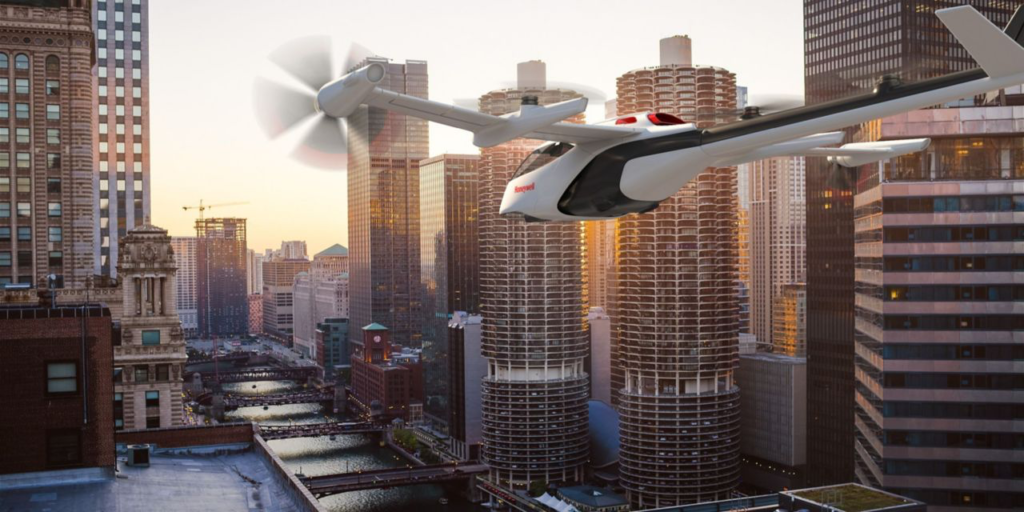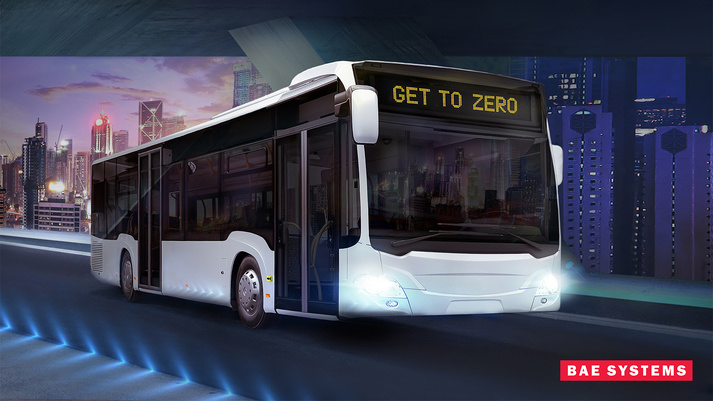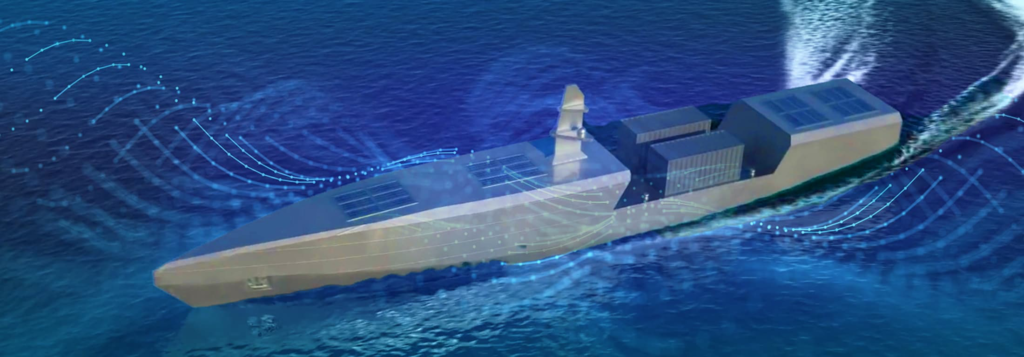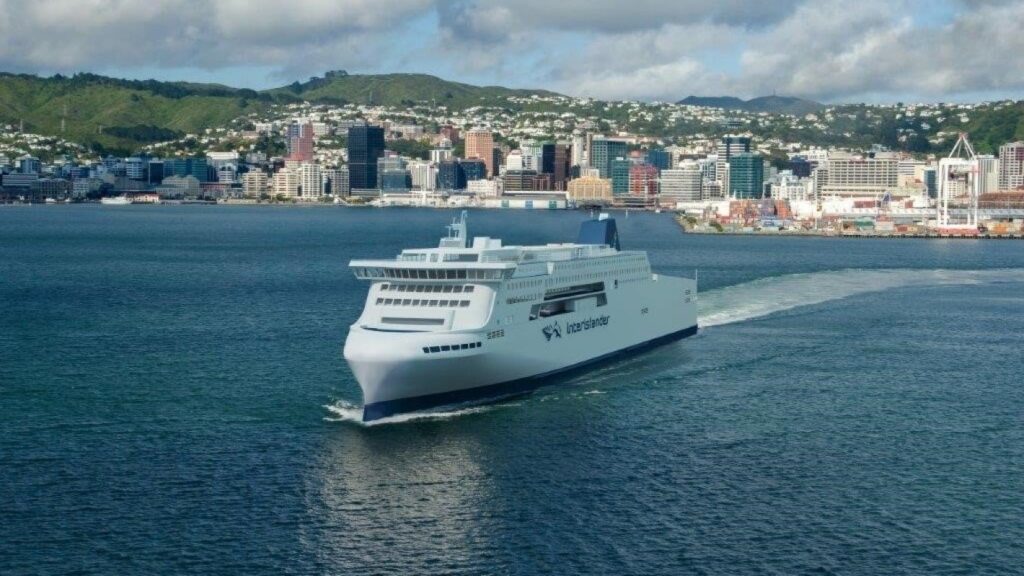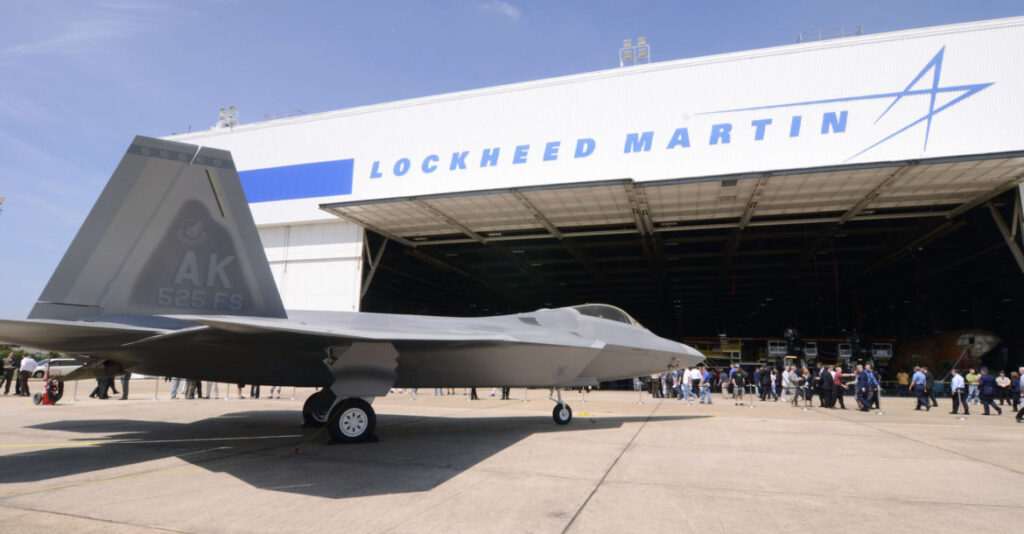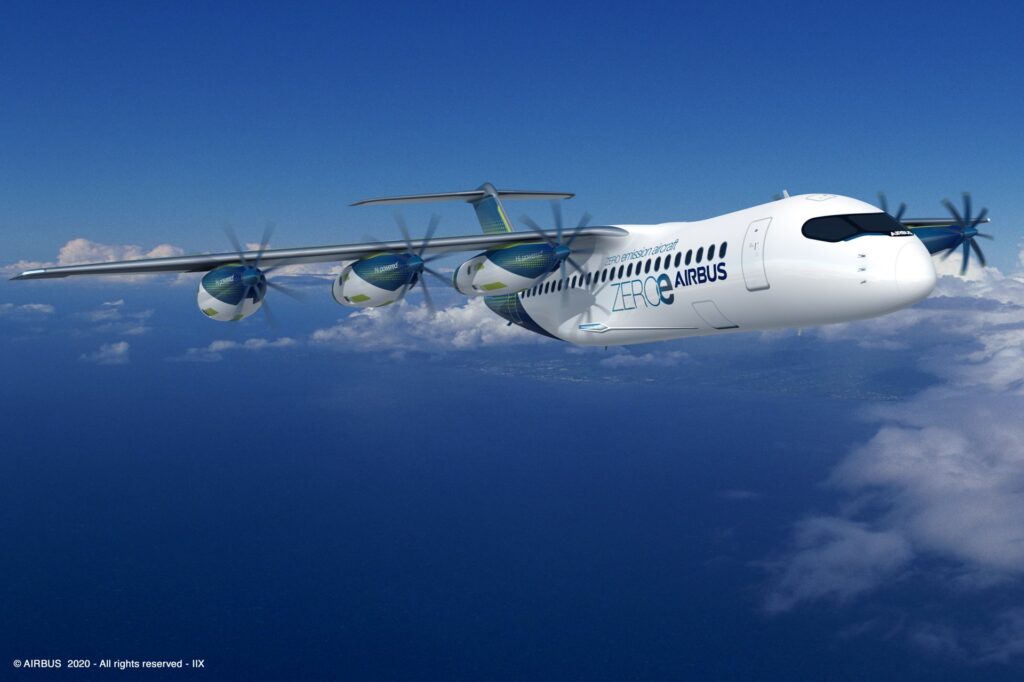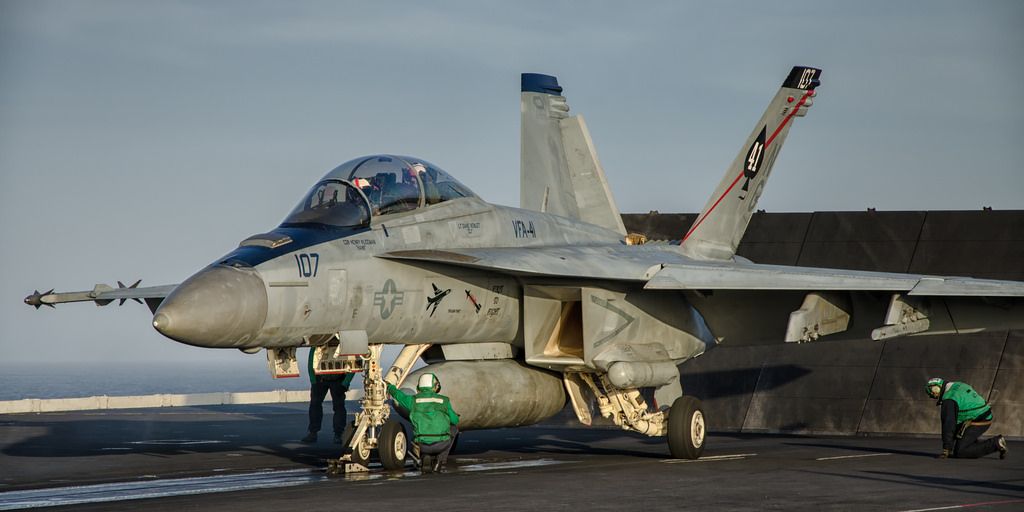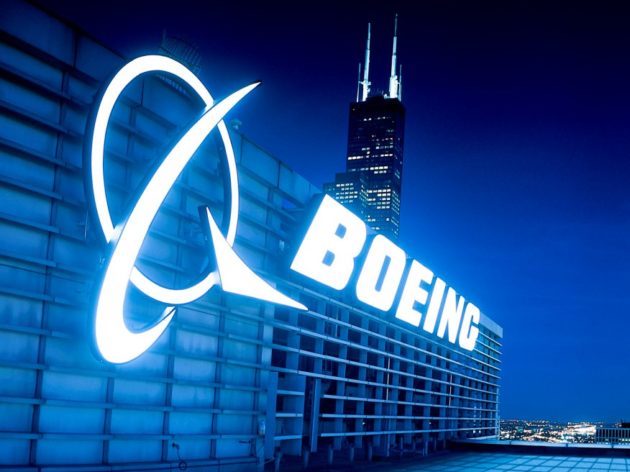Rolls-Royce to Supply MTU Engines for 80-ton Bollard Pull Tugboats in Brazil
Rolls-Royce (LSE: RR.L) has secured a significant contract to supply eight of its mtu 16V 4000 M65L engines for four 80-ton bollard pull tugboats to be built by Detroit Brasil, Ltda. and operated by Starnav Servicos Maritimos…


